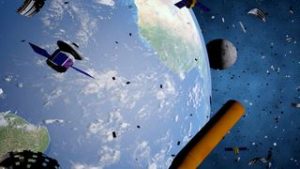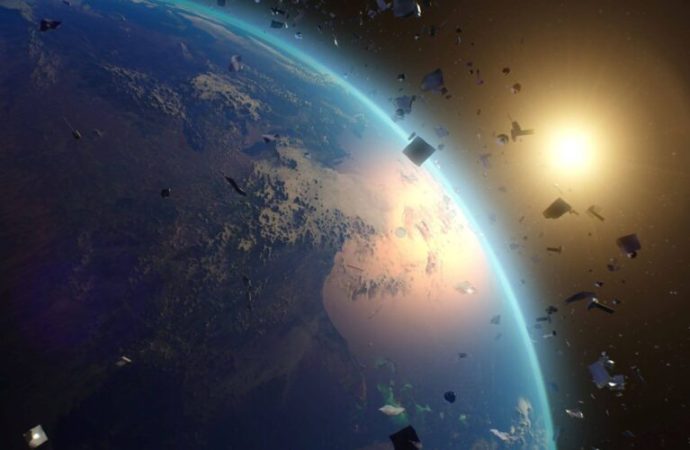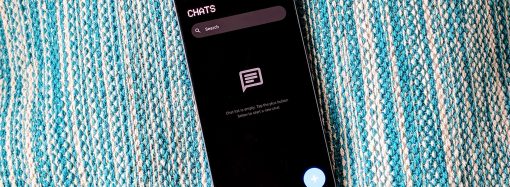Introduction The vastness of space, once seemingly infinite, is now facing a growing concern: space debris. The debris floating in our orbits poses a significant threat to both active satellites and future space missions. Addressing this issue requires a concerted effort and a strategic plan. In this article, we delve into NASA’s collaboration with the
Introduction
The vastness of space, once seemingly infinite, is now facing a growing concern: space debris. The debris floating in our orbits poses a significant threat to both active satellites and future space missions. Addressing this issue requires a concerted effort and a strategic plan. In this article, we delve into NASA’s collaboration with the Federal Aviation Administration (FAA) and their joint plan to combat space debris. This collaborative initiative aims to ensure a sustainable and safe orbital environment for the future of space exploration.
NASA and the FAA: Guardians of the Orbital Realm
NASA, the National Aeronautics and Space Administration, and the FAA, the Federal Aviation Administration, are key players in space exploration and safety. NASA pioneers space exploration, while the FAA regulates and ensures safety within the aerospace industry. Their collaboration combines expertise and authority to address the mounting challenge of space debris.

Image by: https://www.space.com/faa-proposes-rule-reduce-space-junk
The Growing Issue of Space Debris
Space debris, ranging from defunct satellites to fragments from spacecraft, poses a severe threat to functioning satellites and human spaceflight. With an ever-increasing number of objects in orbit, the risk of collisions grows, leading to even more debris and exacerbating the issue.
NASA and FAA’s Joint Initiative: A Strategic Plan
NASA and the FAA are joining forces to tackle space debris through a comprehensive strategic plan. This initiative combines NASA’s research and development capabilities with the FAA’s regulatory framework to establish effective measures for debris mitigation.
1. Enhanced Tracking and Monitoring
Utilizing advanced tracking systems to monitor and catalog space debris more accurately. This data will aid in predicting potential collisions and allow for timely course corrections.
2. Collaborative International Efforts
Engaging in international collaboration to share data and knowledge, fostering a collective approach to space debris mitigation on a global scale.
3. Improved Spacecraft Design
Developing and promoting spacecraft designs that minimize the creation of debris during their operational life and after mission completion.
4. Debris Removal Technology
Investing in research and development of technologies aimed at actively removing debris from orbit, contributing to a cleaner and safer orbital environment.
Key Objectives Summary Table
| Objective | Summary |
|---|---|
| Enhanced Tracking and Monitoring | Accurate monitoring to predict and prevent collisions |
| Collaborative International Efforts | Global cooperation for collective mitigation |
| Improved Spacecraft Design | Designs that minimize debris creation |
| Debris Removal Technology | Research for actively removing debris from orbit |
Conclusion
NASA and the FAA are joining hands to confront the growing issue of space debris, setting out a strategic plan that encompasses enhanced tracking, international collaboration, spacecraft design innovation, and advanced debris removal technology. By working together and combining their expertise and resources, they aim to ensure a sustainable and safe orbital environment, not only for the present but for the future of space exploration. It’s a testament to the commitment and collaboration needed to protect and preserve the wonders of our celestial realm, fostering a space environment conducive to discovery and advancement.

















Leave a Comment
Your email address will not be published. Required fields are marked with *